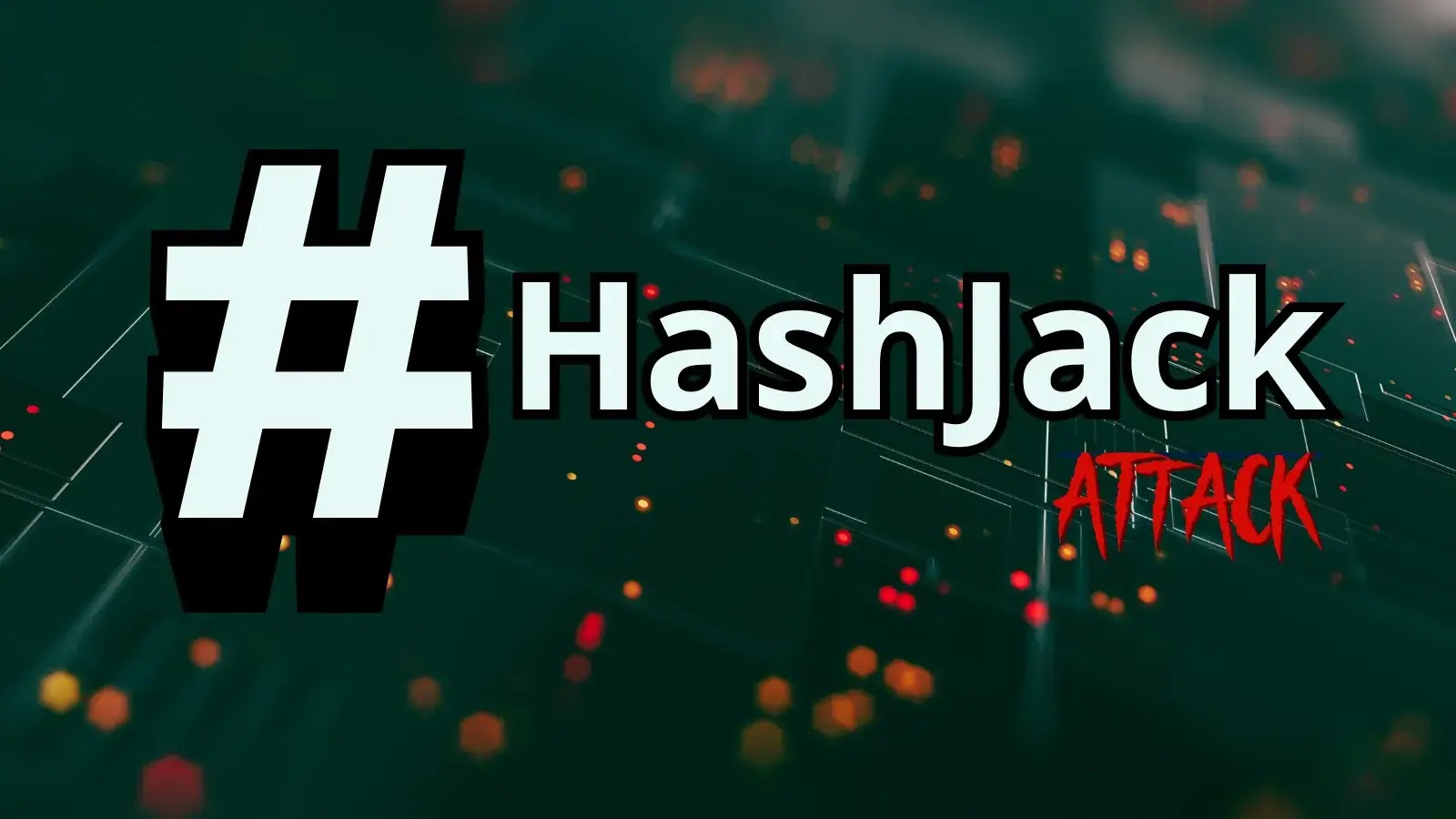
HashJack: New Attack Technique Tricks AI Browsers Using a Simple ‘#’
Unveiling HashJack: A New Threat to AI Browser Security
In a landscape increasingly reliant on artificial intelligence, even the most seemingly innocuous web elements can become a vector for sophisticated attacks. Cybersecurity professionals are now facing a novel indirect prompt injection technique dubbed HashJack, discovered by security researchers at Cato CTRL. This method weaponizes legitimate websites to manipulate AI browser assistants, presenting a stealthy and potent threat that every IT professional and developer needs to understand.
HashJack cleverly exploits a fundamental aspect of URL structure – the # symbol – to conceal malicious instructions. This allows threat actors to orchestrate a wide range of attacks without the need to compromise a website directly, raising significant concerns about the integrity of AI-driven browsing experiences.
How HashJack Exploits AI Browser Assistants
The core of the HashJack technique lies in its simplicity and subtlety. It exploits how AI browser assistants often process content, particularly the “fragment identifier” or “hash” portion of a URL. Typically, anything following the # symbol in a URL is client-side information, used for navigation within a page (e.g., jumping to a specific section) and not sent to the server.
AI browser assistants, however, may interpret this client-side information as valid context or instructions, especially when tasked with summarizing content, answering questions, or performing actions based on a given URL. Threat actors embed malicious prompts directly into this seemingly harmless part of a URL. When an AI assistant processes a URL containing a HashJack payload, it inadvertently receives and acts upon these hidden instructions.
- The attack does not require website compromise; it leverages existing trust in legitimate domains.
- Malicious instructions are hidden after the # symbol in URLs.
- AI assistants, when “browsing” or analyzing the URL, execute these covert commands.
The Insidious Nature of Indirect Prompt Injection
HashJack is a form of indirect prompt injection, a category of attacks that manipulate an AI model’s behavior by inserting malicious data into its input sources that are external to the direct user prompt. Unlike direct prompt injection, where an attacker directly inputs malicious text into an AI model’s prompt field, indirect methods are far more insidious because they leverage trusted data sources.
For example, an AI assistant asked to “summarize the news from this link” could be fed a link containing a HashJack payload that subtly alters the summary, perhaps injecting misinformation or guiding the AI to extract sensitive data in the context of the summary. The user remains unaware that the AI’s behavior has been compromised.
Potential Attack Scenarios with HashJack
The implications of HashJack are broad, affecting security, data integrity, and user experience. Threat actors could leverage this technique for various malicious purposes, including:
- Data Exfiltration: Tricking AI assistants into extracting sensitive information from a user’s browsing session or local files and sending it to an attacker-controlled endpoint.
- Malicious Actions: Manipulating AI assistants to perform unwanted actions, such as sending emails, making unauthorized purchases, or altering system settings.
- Misinformation & Defacement: Causing AI assistants to generate or propagate false information, or to misrepresent content from legitimate websites.
- Bypassing Security Controls: Using the AI assistant as an intermediary to bypass content security policies or other client-side protections.
Remediation Actions and Best Practices
Mitigating the threat posed by HashJack requires a multi-faceted approach, focusing on how AI browser assistants process and interpret web content.
- Enhanced AI Model Sandboxing: Developers of AI browser assistants must implement stricter sandboxing and content filtering mechanisms that differentiate between a URL’s path and its fragment identifier when interpreting commands or extracting information.
- Explicit User Consent for Actions: Any action initiated by an AI assistant that involves external communication or significant system changes should require explicit user confirmation, especially if the prompt originated from potentially untrusted URL fragments.
- Fragment Identifier Sanitization: When AI models process URLs from untrusted sources, particularly the fragment identifier, robust sanitization and validation procedures should be in place to neutralize potentially malicious prompts.
- Threat Intelligence Integration: Browser developers should integrate threat intelligence feeds to identify and block known malicious URLs or patterns indicative of HashJack attacks.
- User Education: Users of AI browser assistants should be educated on the risks of clicking on suspicious links, even if they appear to originate from legitimate domains.
Conclusion
The emergence of HashJack underscores the evolving sophistication of cyber threats targeting AI systems. By weaponizing a seemingly innocuous URL component, attackers can subtly manipulate AI browser assistants to execute a range of malicious activities without overt signs of compromise. For IT professionals, security analysts, and developers, understanding and mitigating this indirect prompt injection technique is paramount. Proactive measures, including robust AI sandboxing, stringent input validation, and continuous user education, are essential to safeguard against this new frontier of AI-driven cyberattacks and ensure the trustworthiness of our digital interactions.





